| Car Albums | |||||
| Makers | |||||
| Models | |||||
| Jaguar Cars | |||||
| Full menu functions for the buttons above are only available if you ALLOW BLOCKED CONTENT. My menu scripts provide drop-down menus that have been tested with the latest Mozilla browsers. If the scripts do not run, limited navigation is given by these buttons | |||||
Jaguar XJR5 - 16 Jaguar encouraged both Group 44 in America with the IMSA XJR-5 and Tom Walkinshaw in Europe with the Group C XJR-6 from 1982. The American Group 44 effort showed the most promise but still lost factory backing and by 1986 Jaguar supported only TWR even though Group 44 campaigned an XJR-7 until late 1987. TWR jaguar continued in a joint venture building on Tony Southgate's ground effect XJR-6 chassis for the XJR-8 during 1986. The fuel-injected V12 engine was enlarged to 6995cc for 1987 and rewarded with victory in the 1987 World Championship. Victory. For 1988 the cars were upgraded to XJR-9 specification and in this format achieved a victory at Le Mans and the World Championship. For 1989 a new XJR-10 was created with a turbo charged 3-litre V6 engine for IMSA racing, and the XJR-11 with 3.5-litre V6 engine for Group C racing. The engines were not reliable and for 1990 TWR brought back the V12, winning Le Mans and Daytona with the XJR-12. For 1991 TWR Jaguar had a new XJR-14 using Cosworth V8 power and won the 1991 championship but just failed to win Le Mans. The final effort from Jaguar was the V6-engined XJR-16 IMSA racer that came second in the 1991 IMSA championship. Jaguar curtailed the XJR programme in 1992. |
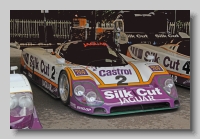
|
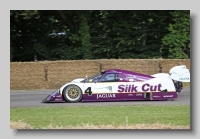
|
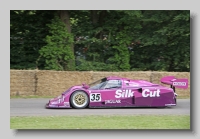
|
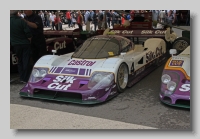
|
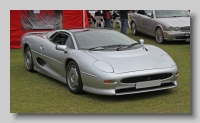
Jaguar XJ220
|
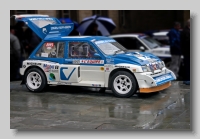
MG Metro 6R4
|
| British Cars | Simon Cars | ||||
Images created by Simon GP Geoghegan Email Simon